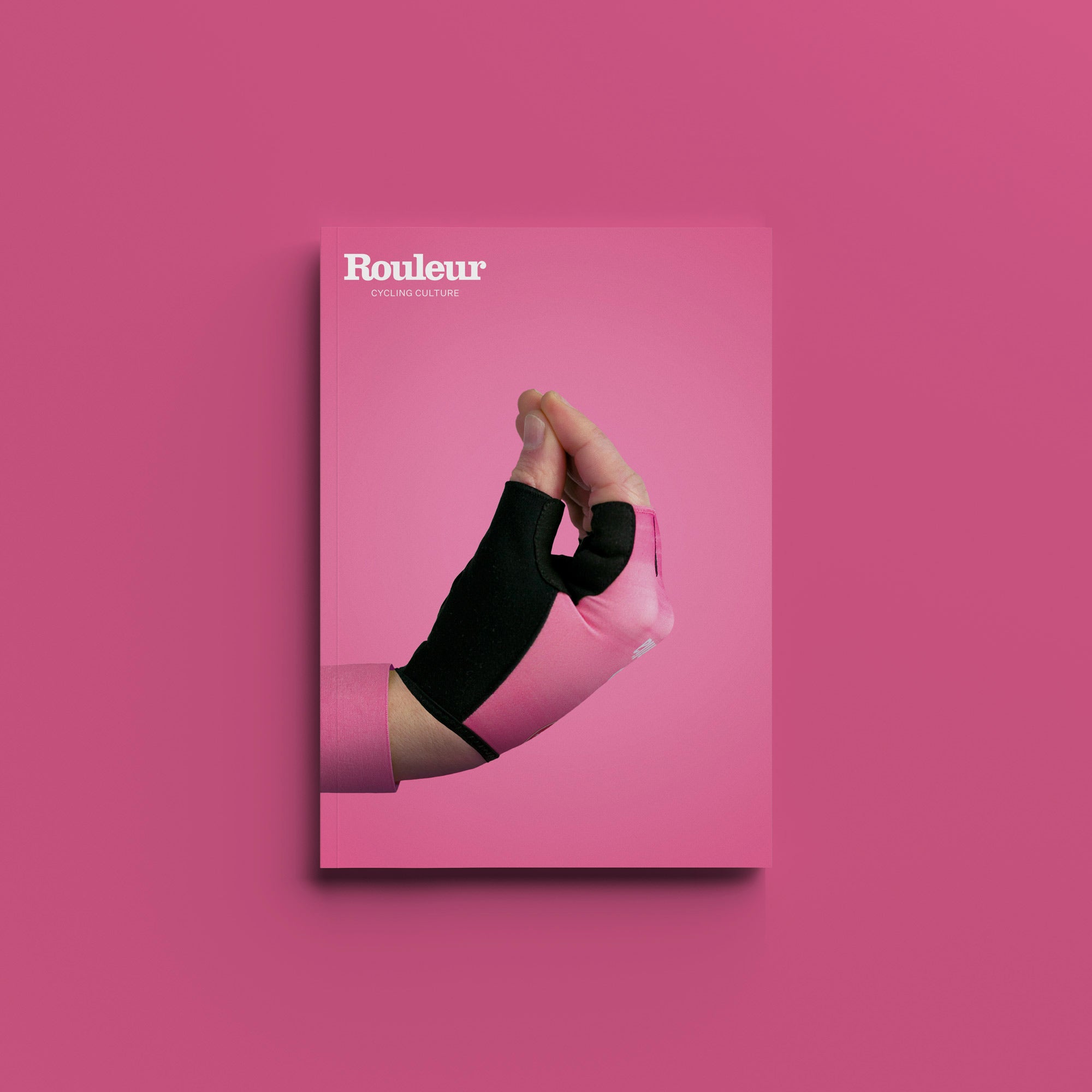“I just wanted to make SD Worx work,” were the words of Pauline Ferrand-Prévot after she took a historic victory at Paris-Roubaix Femmes. The Frenchwoman was, of course, referencing the moment she made her perfectly-executed attack just outside of 25 kilometres to go. She wasn’t thinking about winning, she went on to confirm, but simply about how she could get ahead of the fearsomely fast duo that is SD Worx-Protime’s Lotte Kopecky and Lorena Wiebes. The key: attack, attack, attack. The women’s peloton has got the memo – this is how you beat them.
Saturday’s edition of Paris-Roubaix was a far cry from the stalemate we saw at Omloop het Nieuwsblad earlier this season, or even the Tour of Flanders more recently when the lead group didn’t anticipate early enough to drop Kopecky before a sprint finish. At the Hell of the North, the moves came from the start. The race was fast and furious, with Ellen van Dijk of Lidl-Trek being one of the first favourites from the big players to launch an attack, still with over 70 kilometres of the race remaining. Her teammate Emma Norsgaard followed suit later in the race before being joined by Ferrand-Prévot – the Danish rider couldn’t hold on to the Visma-Lease a Bike champion in the end, but this doesn’t take away from the tactical excellence of Lidl-Trek’s race.

“I think we can be proud of how we rode and we did everything. We left it all out there,” a tired and emotional Norsgaard told Rouleur a few moments after she’d rolled into the velodrome. “We know that there are some really strong riders in the sprint and just in general so we have to be up front a little bit and we were riding really aggressively with the whole team. When Pauline came past me when she attacked it was unbelievable, I knew it was my chance but I was losing energy a bit. I was still dreaming but when she dropped me I could not hold off the group. Still I am happy.”
Lidl-Trek were not the only team who took the initiative in this year’s edition of Roubaix, capitalising on the lack of numbers SD Worx had in the front group in order to reap rewards for themselves. EF Education-Oatly – a team rarely touted as pre-race favourites – finished with two riders in the top-10 as Letizia Borghesi secured a career-best podium finish after a last-ditch attack from the chase group behind Ferrand-Prévot. She was rewarded with second place on the day, a result she could not have achieved if she had opted to wait for a sprint against Wiebes.
“I tried a couple of moves and Trek was racing really aggressively. SD Worx were trying to control the gaps, but they only had two riders so it was not easy. I think we played our cards well,” Borghesi said after the race. “We know that we can really fight with the biggest teams and it’s crazy the level that we reached this year. We are working well together. I think we showed that we are not less than the other teams.”

Of course, the biggest winner on the day who was rewarded for her bolshy, brave and aggressive racing was Ferrand-Prévot herself. The moment the Frenchwoman made her move, Kopecky and Wiebes looked at each other, and neither began to chase. It’s clear that if you outsmart and outnumber SD Worx, they are, in fact, as human as every other bike racer. Gone are the days when the front groups of WorldTour races always have an SD Worx majority – the stranglehold they once had over the peloton is no more and it has become clear that they can be beaten if you’re bold enough to try.
Paris-Roubaix Femmes signifies a step change in the dynamics of the women’s WorldTour peloton, and the racing is better than ever because of it. In the front group contesting the win, there were other teams with as many riders as SD Worx, and as many options when it came to who would take victory. Could we be coming to the end of the SD Worx era? Are we entering a new chapter of bike racing? The rest of the season will provide us with our definitive answer, but if Roubaix is anything to go by, change is on the horizon.






























